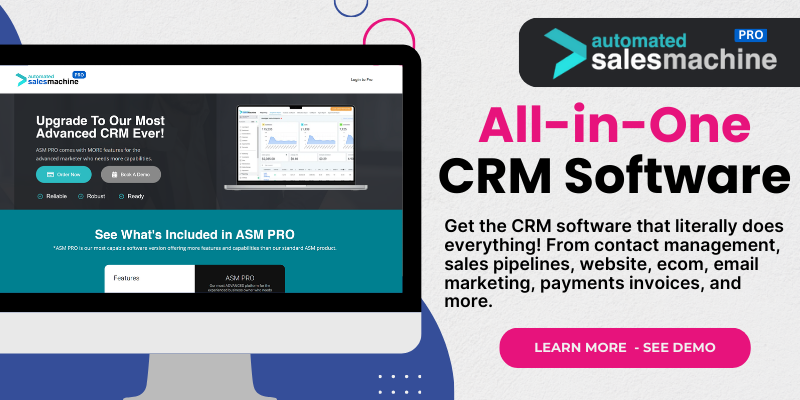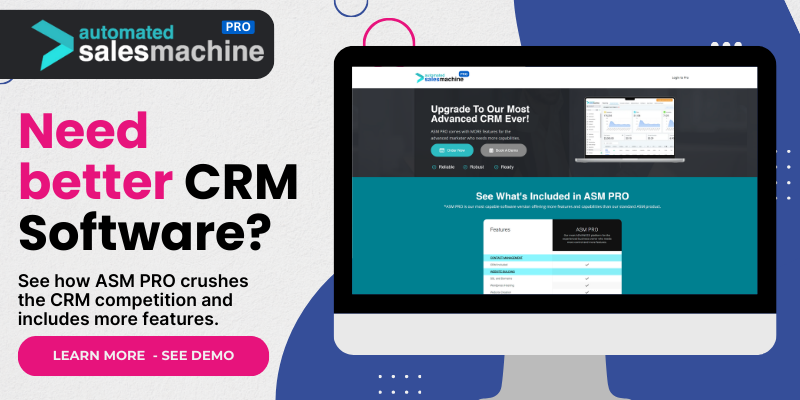Understanding the Basics of CRM Software
What is CRM?
So, let’s kick it off with the basics. CRM stands for Customer Relationship Management. At its core, it’s about how you manage your company’s interactions with current and potential customers. Think of it like a digital Rolodex (remember those?) but way more powerful. It helps you keep track of every interaction you have with your clients, which is super important for nurturing those relationships.
With CRM software, you can store contact information, track sales leads, and even automate some pretty nifty tasks. In today’s fast-paced world, having all this in one place saves a ton of time and keeps everything organized. Trust me, once I started using CRM, it was like a light bulb went off. I could actually manage my relationships without a million sticky notes all over my desk.
Understanding CRM is just the first step. It’s essential to know that every software is different, and investing some time in learning the ins and outs can really pay off. Every CRM tool comes with its own set of features. Finding a tool that suits your business model and needs is key.
Setting Up Your CRM Software
Choosing the Right CRM
Choosing the right CRM software can feel a bit like dating. You need to find one that matches your style, your business needs, and your budget. There’s no “one-size-fits-all.” When I was on the hunt, I started by identifying what features I absolutely *had* to have – things like lead tracking, calendar integration, and reporting tools. Your business priorities will lead you to the right options.
Also, consider user-friendliness. Nobody wants to waste time on a complicated system, right? I still remember getting frustrated with a particularly complex setup that was more trouble than it was worth. So, check reviews, ask for demos, and really take your time before committing.
Lastly, don’t overlook cost. It’s easy to get lured by all the shiny features but do they fit your budget? Evaluate the ROI of the CRM you’re interested in. The better the fit, the more likely you’ll stick with it long-term!
Immersing Your Team in Training
Creating a Training Plan
Once you’ve got your CRM selected, it’s time to get your team on board. I learned the hard way that having a training plan is essential. Start by organizing workshops or fun training sessions that make learning about the new software less like a chore and more like a team-building experience. Remember, everyone learns differently, so be open to mixing it up!
Also, having a go-to guide can really help. Draft a simple reference document that outlines the key features and how to navigate the system. This way, team members can refer back to it whenever they hit a snag. I often find that a tangible resource can ease anxiety about using new tech.
It’s crucial to foster an environment where questions are encouraged. I found that the more my team felt comfortable asking for help, the quicker they got the hang of it. Regular check-ins and feedback sessions can smooth out any bumps along the way. Don’t rush this step; it’s foundational!
Utilizing Automation Features
Understanding Automation Benefits
If there’s one thing I love about CRM software, it’s automation. Seriously, it’s like having a personal assistant on steroids! From sending follow-up emails after meetings to scheduling social media posts, automation takes a significant weight off your shoulders. It helps you focus on what truly matters—building relationships!
But hold up, before diving into all the automation features, make sure you get a solid grip on the fundamentals. Take some time to automate repetitive tasks at first. Gradually, as you get comfortable, you can start implementing more complex workflows. It’s a game-changer, trust me.
Another tip from me? Regularly review and update your automation settings. Technology changes, and so do your business needs. What worked six months ago may need tweaking now, so always be on the lookout for opportunities to improve your workflows!
Analyzing Data and Improvement Strategy
Leveraging CRM Insights
Analyzing data in CRM software can feel daunting, but it’s crucial for refining your strategies. Over time, I learned that the insights I could gather were invaluable. Start with simple metrics: customer engagement, sales performance, and lead conversion rates. These will give you a baseline to work from.
I encourage you to create reports that visualize this data. Don’t just look at numbers; see trends and patterns. You might uncover insights like which products are gaining traction or what types of outreach are most successful. Trust me, those “aha!” moments can direct your game plan.
Finally, don’t just analyze for the sake of analyzing. Use what you learn to inform your strategy. Tweak your marketing campaigns, adjust your sales tactics, whatever it takes. The goal is to continuously improve. Through this process, I’ve found that consistency is key; keep iterating to stay ahead!
FAQ
1. What is the main purpose of CRM software?
The primary purpose of CRM software is to help businesses manage relationships with customers and potential clients. It organizes contact information and interactions, helping to streamline sales and improve customer satisfaction.
2. Why is proper training on CRM software important?
Training is crucial as it ensures that your team understands how to use the software effectively, maximizing its benefits. Proper training helps boost productivity and minimizes errors that could arise from misunderstanding how the CRM works.
3. How can automation in CRM benefit my business?
Automation can save time by managing repetitive tasks, like sending follow-up emails or scheduling appointments. This allows you and your team to focus on more strategic aspects of the business, enhancing overall efficiency.
4. What type of data should I analyze regularly in CRM?
You should regularly analyze customer engagement data, sales performance metrics, and lead conversion rates. These metrics help identify strengths and weaknesses in your strategy, guiding you toward areas for improvement.
5. How can I ensure my CRM remains effective over time?
To maintain effectiveness, regularly review and update your CRM processes, provide continuous training for your team, and analyze your data to adapt strategies as necessary. Staying proactive will help you keep pace with changes in your business and the market.

